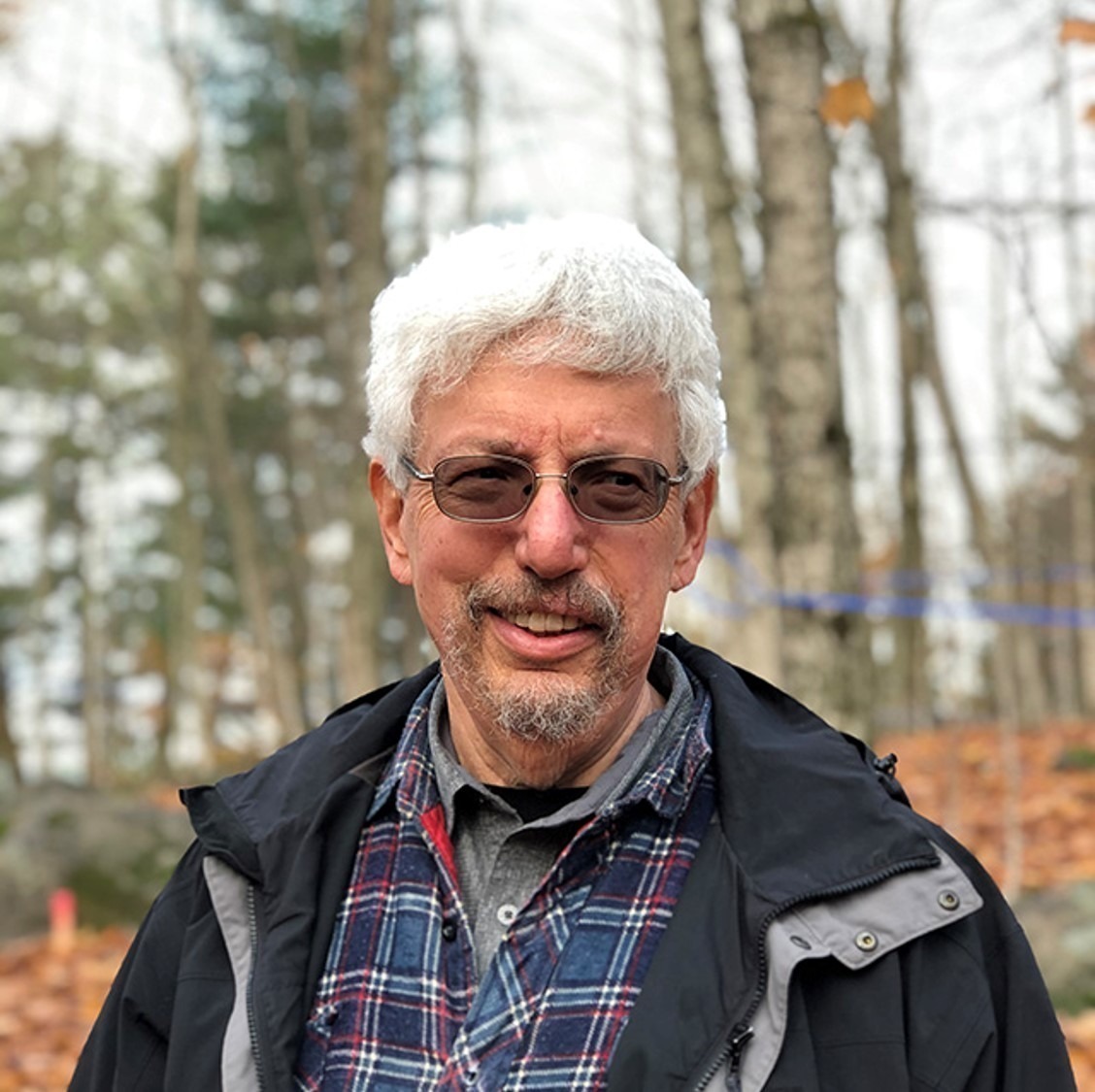How might multiple divergent threats pile on to damage Muskoka’s lakes?
By Dr. Norman Yan.

Populations of living organisms are most at risk of damage, even extinction, when they face multiple challenges that are both severe and chronic. This is especially true when the challenges are beyond their evolutionary experience, as is the case for many human-caused challenges. In the USA, for example, roughly 2/3 of species threatened with extinction face three or more different kinds of threats which are chronic and severe. Think habitat loss and pollution and invading predators – three very different challenges to be faced.
Well… Welcome to the emerging reality in Muskoka’s lake. We stress our lakes and the living creatures they support in several ways – climate change, pollutants, invading species, habitat alterations. We may be primed for unexpected losses of species. Indeed, on a recent cruise on Lake Rosseau I believe I witnessed the effect of multiple stresses in action.
This September, I had the pleasure of introducing 40 residents to what I assumed would be the wonderful animal plankton community of Lake Rosseau. We headed out on Randy Potts’ Peerless on a perfect calm day – Muskoka at its finest. Ron Ingram (a friend and retired limnology technician) and I used a big plankton net to collect thousands of animals just visible to the naked eye – crustaceans, little shrimp relatives, <1 to 3 mm in length. In feeding, they filter all the water in the lake every week or so keeping it clean.
I handed out samples, suspecting no one on board had ever seen these creatures before. Using Fresnel magnifiers, passengers recorded short videos on their phones. While everyone was delighted by their discoveries, I slowly became more and more concerned with what I was seeing, actually with what I wasn’t seeing.
Instead of the 20 or more species I would expect to find in a healthy Muskoka lake, I saw just a few. Something had gone wrong in the plankton of Lake Rosseau, and I suspect two quite different threats might be responsible: road salt pollution, and a Eurasian invader, the predatory spiny water flea called Bythotrephes.
About 30 years ago the spiny water flea invaded the big Muskoka lakes. It has since been spread around Muskoka, mostly carried on our boats. I saw lots of spiny water fleas in the plankton samples we collected in Lake Rosseau that day. I consider the spiny water flea to be the worst threat to zooplankton in Muskoka’s lakes since acid rain. It typically eliminates half of the native plankton species from a lake.
There is one native water flea called Holopedium that lives within a ball of jelly. The spiny water flea seems unable to cope with the jelly, and almost all the plankton that I saw in the Lake Rosseau samples were Holopedium, if they weren’t Bythotrephes. This is not normal!
The main algae grazers in our softwater lakes are 8 ‘living lawnmower’ Daphnia species. Holopedium, a less effective grazer, survives mainly because she needs less calcium than daphniids. Bythotrephes changes the rules for Holopedium by removing all but one daphniid, Daphnia mendotae. But I didn’t see any Daphnia. Not even D. mendotae. Another surprise!
Enter the second stressor – road salt. Daphnia mendotae can avoid the spiny water flea, but it is very sensitive to road salt, and salt levels have increased by about 20-fold in developed Muskoka lakes, including Lake Rosseau.
The loss of the principal grazers – Daphnia species – deeply concerns me. Might we be seeing the effects of two interacting stressors in Lake Rosseau? I think so, and Lake Rosseau is probably far from the only example. Native lake life can cope with many challenges, but multiple severe and chronic challenges may be too much for our native plankton, and they eat the algae keeping our lakes clean.

First Steps on the Path to IWM, a series from Muskoka Watershed Council, edited by Dr Peter Sale, continues building information about Muskoka’s precious but fragile environment. The author of this article is Dr. Norman Yan, a retired aquatic scientist, Bracebridge resident, and Director of Friends of the Muskoka Watershed. This article was first published on MuskokaRegion.com on 16 December 2024.
